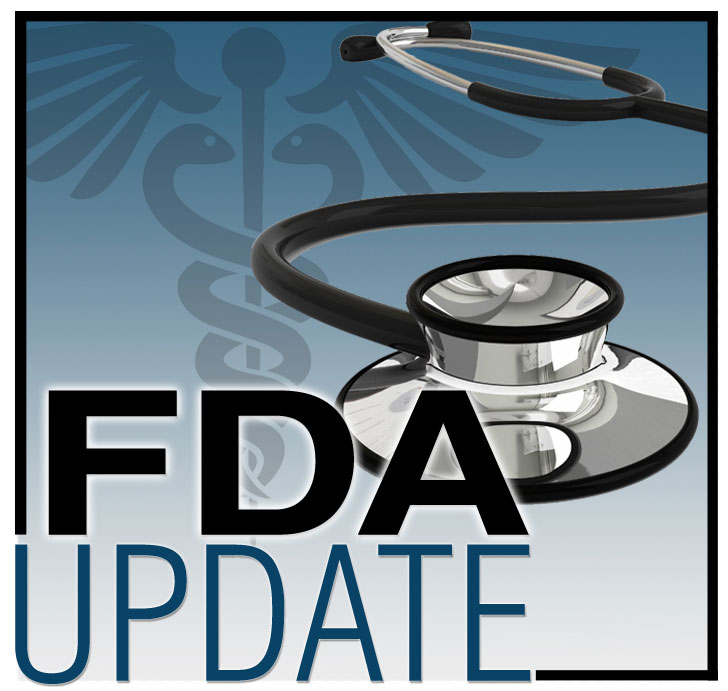FDA Removes Risk Evaluation Management Strategies (REMS) for ESAs

On April 13, 2017, the U.S. Food and Drug Administration (FDA) removed the Risk Evaluation and Mitigation Strategy (REMS) requirements for the use of epoetin alfa and darbepoetin alfa to treat patients with anemia from associated myelosuppressive chemotherapy.
Epoetin alfa and darbepoetin alfa are erythropoiesis-stimulating agents (ESAs), approved for the treatment of anemia (low red blood cells) resulting from chronic kidney disease, chemotherapy, certain treatments for Human Immunodeficiency Virus (HIV), and also to reduce the number of blood transfusions during and after certain major surgeries. ESAs work like the human protein erythropoietin, which stimulates bone marrow to make red blood cells. Epoetin alfa and darbepoetin alfa are manufactured by Amgen, Inc.
In 2017, the FDA determined that the ESA Risk Evaluation and Mitigation Strategy (REMS), which was limited to the use of epoetin alfa and darbepoetin alfa to treat patients with anemia due to associated myelosuppressive chemotherapy is no longer necessary to ensure that the benefits of epoetin alfa and darbepoetin alfa outweigh its risks of shortened overall survival and/or increased risk of tumor progression or recurrence in patients with cancer. The FDA made this determination based on an evaluation of the results of the REMS Assessments submitted by Amgen, Inc., and additional FDA analyses to understand the impact of the various regulatory and other actions on the use of ESAs. The REMS Assessment showed that:
- The results from surveyed prescribers demonstrate acceptable knowledge of the product risks of decreased survival and/or the increased risk of tumor progression or recurrence and the need to counsel patients about these risks.
- The drug utilization data indicates appropriate prescribing of ESAs consistent with the intended use as a treatment alternative to RBC transfusion for anemia associated with myelosuppressive chemotherapy.
The FDA conducted an evaluation of the impact of multiple actions, including the ESA REMS, on the utilization of the ESAs using sponsor-submitted data from outpatient oncology practices between 2006 and 2014. During 2004-2009, the FDA took multiple regulatory actions, including labeling changes. In 2007, the Center for Medicare and Medicaid Services (CMS) made a National Coverage Determination (NCD) to limit coverage of ESAs for non-renal disease indications. These actions coincided with:
- A decrease in the proportion of patients receiving chemotherapy using ESAs
- An increase in the proportion of patients receiving chemotherapy who initiate ESAs at a hemoglobin level <10g/dl
- An increase in the proportion of patients who initiate ESAs at a dosage consistent with product prescribing information.
Full implementation of the ESA REMS in 2011 had minimal impact on trends in these three ESA utilization metrics beyond the changes observed after the CMS coverage determination and multiple other FDA regulatory actions.
This information led the FDA to conclude it is no longer necessary to require the certification of prescribers and hospitals that prescribe and/or dispense ESAs to patients with cancer in order to ensure the benefits outweigh the risks.
The FDA has released the REMS requirements for the ESA products, epoetin alfa and darbepoetin alfa, and the risks can be communicated by the current product prescribing information. The appropriate use of ESAs is supported by the CMS NCD, the American Society of Clinical Oncology and American Society of Hematology clinical guidelines which are evidence-based guidelines intended to provide a basis for the standard of care in clinical oncology.
While the REMS is no longer necessary to ensure the benefits outweigh the risks, the serious risks of shortened overall survival and/or increased risk of tumor progression or recurrence associated with these drugs remain. The prescribing information continues to note an increased risk of tumor progression or recurrence, as well as death, myocardial infarction, stroke, venous thromboembolism, and thrombosis of vascular access. Health care providers are encouraged to discuss the risks and benefits of using ESAs with each patient before initiating use.
In collaboration with the FDA and as a service to our members, ONS provides updates on recent FDA approvals and other important FDA actions (e.g., updated safety information, new prescribing information) pertaining to therapies for patients with cancer. This allows the agency to inform oncologists and professionals in oncology-related fields in a timely manner. Included in the FDA updates is a link to the product label or to other sites for additional relevant clinical information. In supplying this information, ONS does not endorse any product or therapy and does not take any position on the safety or efficacy of the product or therapy described.
